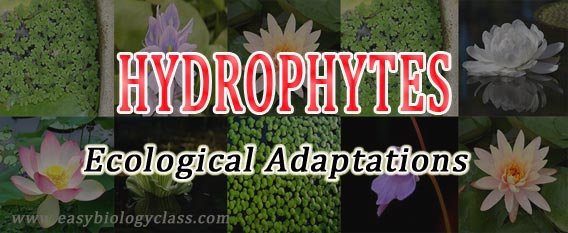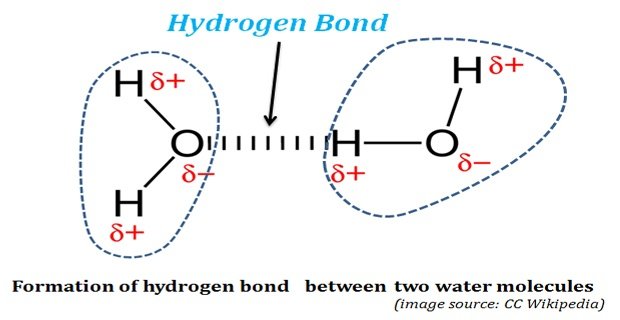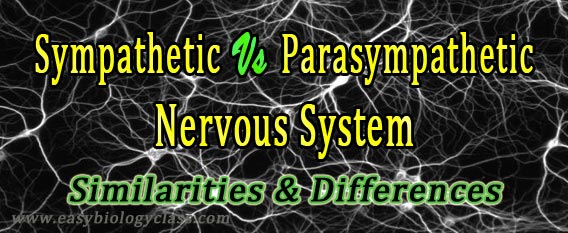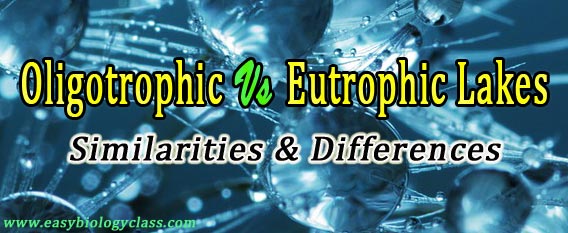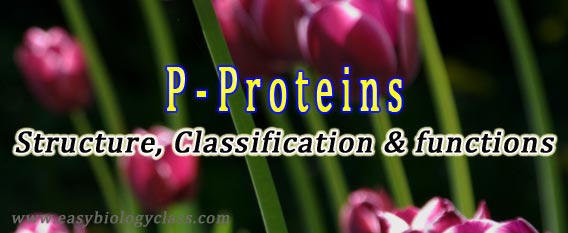What is adaptation? “Any feature of an organism which enables it to exist under conditions of its habitat is called adaptation”. Adaptations are for withstanding adverse conditions of environment and to utilize the maximum benefit of the environment (nutrition or conditions). Adaptations in plants can be of four types: 1. […]
Continue ReadingTag Archives: Lecture notes
How Hydrogen Bond is Formed in Water?
Hydrogen Bonds in Water: The life was originated and started its evolution in water. Without water, life could not have existed on this planet. The properties of water, both physical and chemical, enabled water as the ‘solvent of life’. The water possesses some unusual physical and chemical properties. These ‘unusual […]
Continue ReadingDifference between Sympathetic and Parasympathetic Nervous Systems
Sympathetic vs Parasympathetic Nervous System: The involuntary or reflex functions in the body are controlled by a part of peripheral nervous system called Autonomous Nervous System (ANS). ANS regulate the functions of internal organs (visceral functions) particularly the functions of heart, stomach and intestine. The Autonomic Nervous System composed of […]
Continue ReadingDifference between Oligotrophic and Eutrophic Lake
Oligotrophic vs Eutrophic Lakes Lake Ecosystem is an example for a lentic ecosystem. An aquatic ecosystem with stationary or relatively still water is called lentic ecosystem. Based on the trophic state* and productivity, the lake ecosystem is divided into three categories. (1). Oligotrophic lakes (2). Eutrophic lakes (3). Mesotrophic lakes […]
Continue ReadingPhloem Protein: Structure, Classifications and Functions
P Proteins (Phloem Proteins) are a category of proteins found in the sap of the sieve tubes of the phloem of Angiospermic plants. P-proteins were also as called ‘slime bodies’ of ‘slime’ in the old literature. P proteins are usually found in the phloem of dicot plants. P Protein Characteristics […]
Continue Reading
